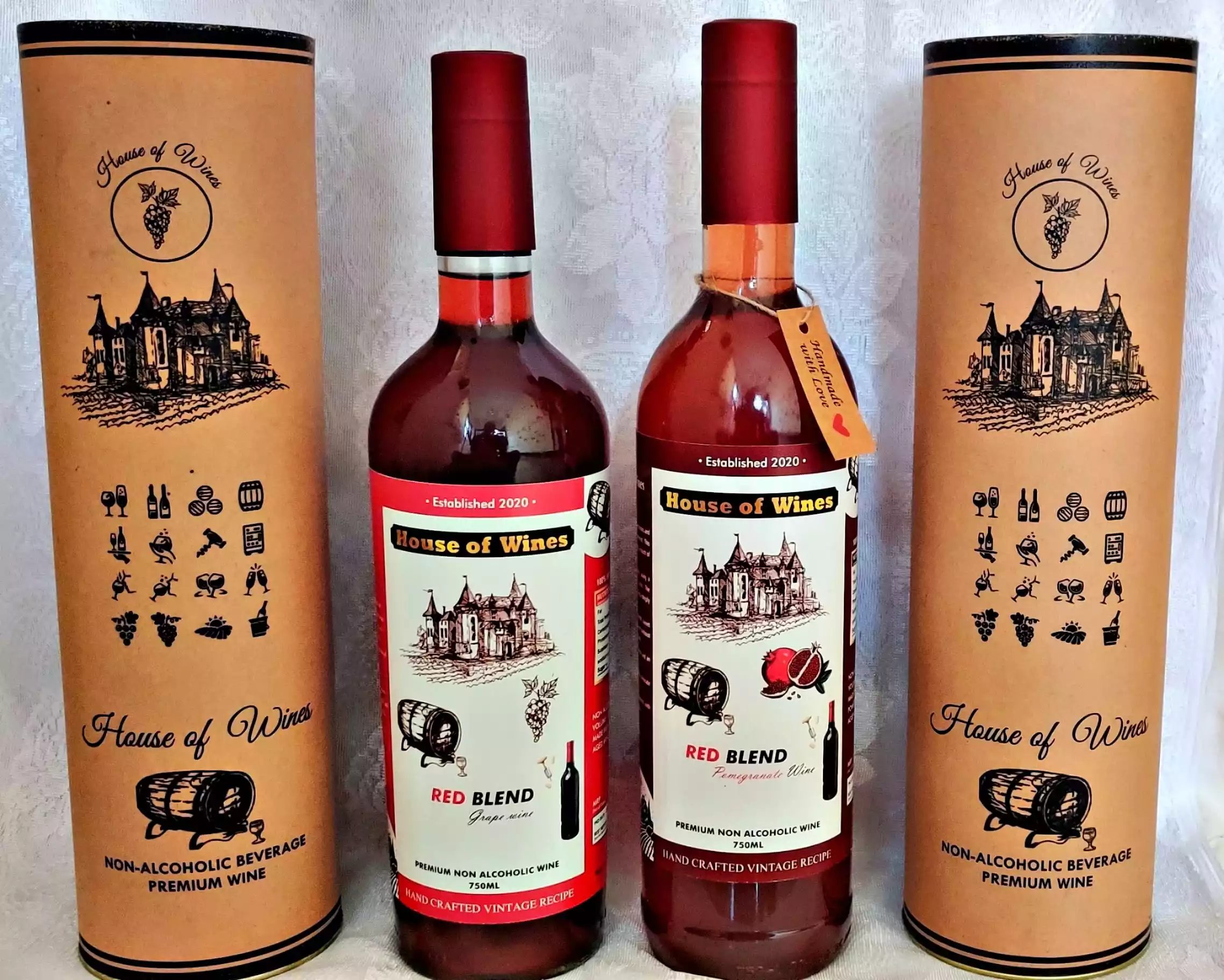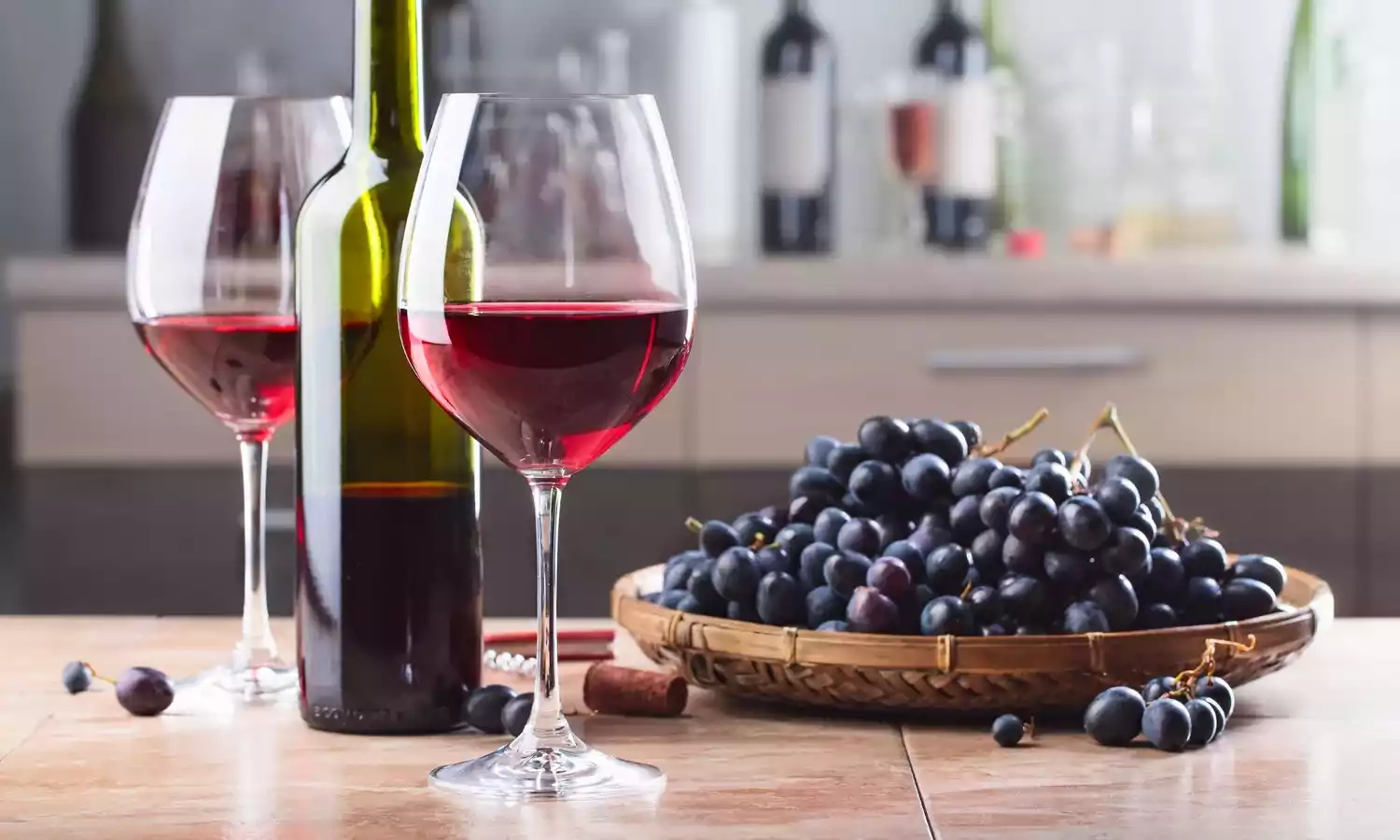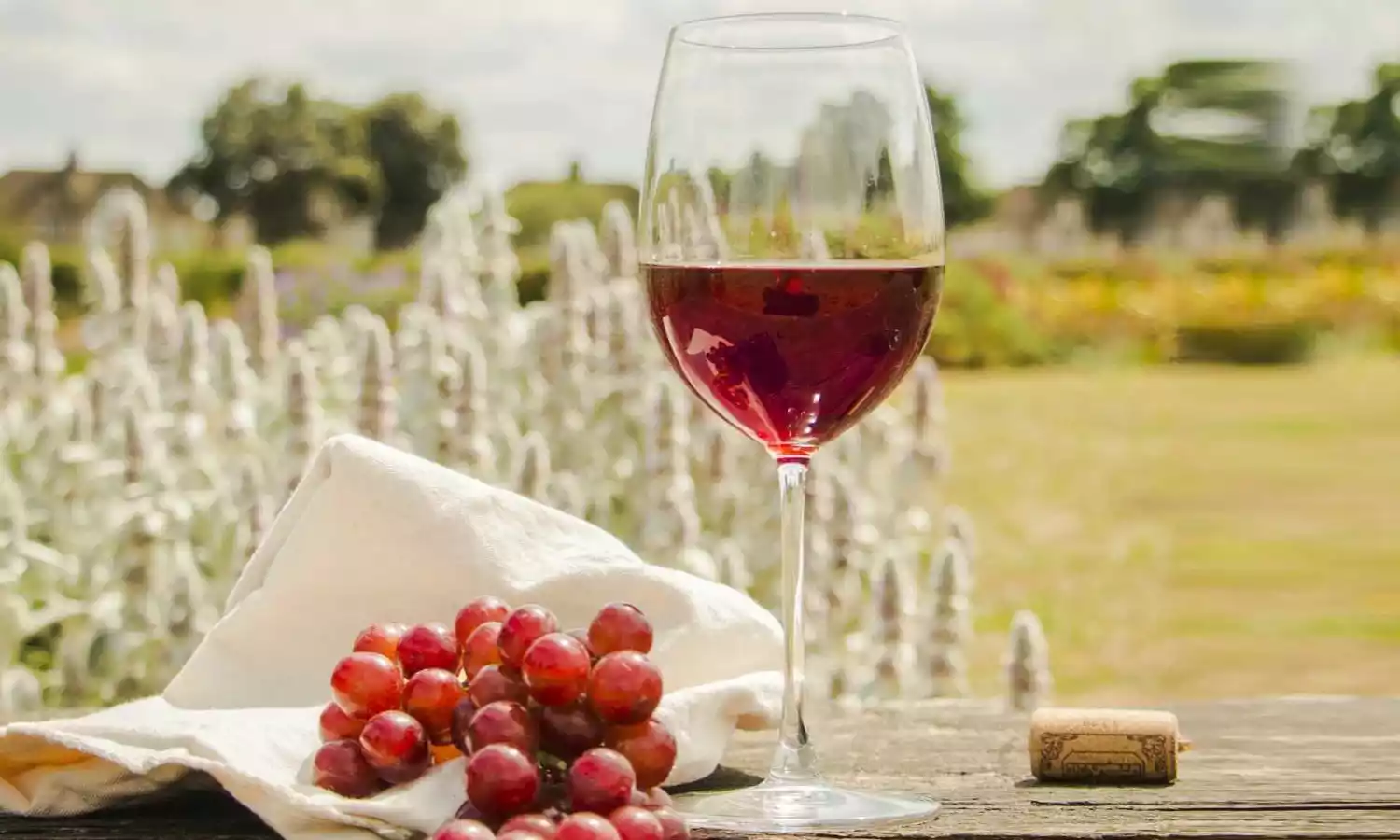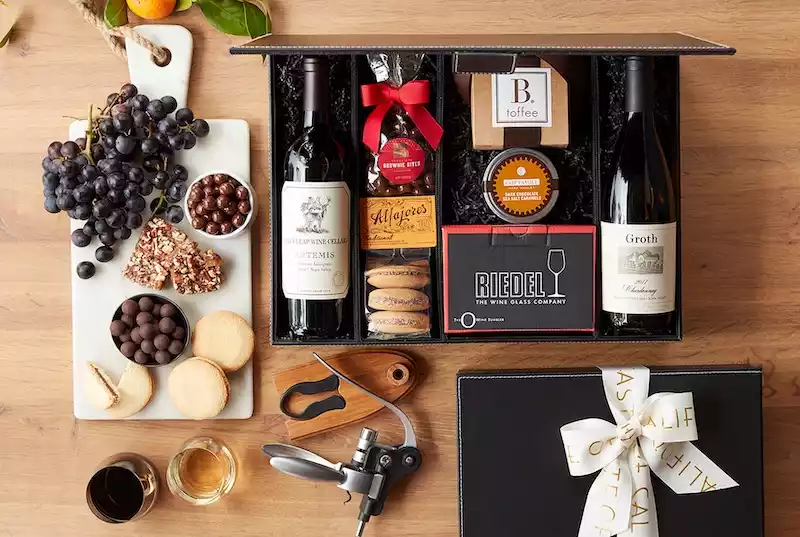Market Statistics for Wine in India
The Indian wine market has shown impressive growth over the past decade, reflecting changing consumer preferences and increased awareness of wine as a sophisticated and healthy beverage choice. According to a report by the Indian Wine Academy, the wine market in India was valued at approximately INR 2,500 crores ($334 million) in 2020 and is projected to grow at a compound annual growth rate (CAGR) of 8-10% over the next five years.
Several factors contribute to this growth. Urbanization and rising disposable incomes have led to a shift in drinking habits, with more consumers exploring premium alcoholic beverages like wine. Additionally, increased exposure to Western culture through travel and media has fostered an appreciation for wine among Indian consumers. The domestic wine industry, particularly in regions like Nashik and Bangalore, has also expanded, contributing to the availability and popularity of locally produced wines.
Why is Wine Branding Important?
![Wine Branding Wine Branding]()
The wine industry as a whole has been criticized for relying mainly on traditional media for their advertising. Wine companies tend to rely on their reputation to attract more customers. However, in the modern day age, even a wine company cannot neglect holistic branding. These are some important wine branding steps.
- Clearly Define Your Target Audience: This is the first step of any marketing activity. You need to have a thorough idea of who are your potential customers. Wine is often seen as more of a luxury alcohol so your target audience will definitely be over the age twenty, who have disposable income.
- Create Your Brand Personality: It is important to have a brand personality, or a human element to your wine brand. For example, it can be one which is warm, friendly yet authoritative and trustworthy.
- Find Ways To Stand Out: In a cluttered market, it is imperative that your brand distinguishes itself clearly from its competitors. Sula Vineyards without a doubt has done the best wine branding in India. One of their biggest marketing activities was organizing the SulaFest, which was one of the most significant music festivals in India.
- Share Your Brand Story: A modern wine brand needs to actively share their story. Founders should participate in relevant media opportunities and ensure audiences know about not just the craft but the business of wine making as well. Your wine brand should share their expertise and individual growth story.
- Maintain a Social Media Presence: No business can scale without social media. Ensure your brand has pages on Instagram, LinkedIn, Facebook and other platforms with a high amount of users. Post content regularly and ensure it is relevant to users such as new launches, wine tasting events, etc.
Wine Advertising Strategies You Must Know!
Through visually appealing wine advertising campaigns and targeted messaging, wine brands can enhance visibility and drive consumer interest. Let's look at some of the wine advertising strategies you must know to effectively capture the attention of your target audience!
![Wine Advertising Wine Advertising]()
-
Celebrity Endorsements: Partnering with celebrities can significantly enhance a wine brand's visibility and credibility. Celebrities who resonate with the brand's image can attract a broader audience and create a strong brand association. For instance, a well-known Bollywood actor endorsing a wine brand can elevate its status and appeal to a wider demographic.
-
Storytelling and Heritage: Emphasizing the history and heritage of the wine brand through storytelling can create an emotional connection with consumers. Highlighting the vineyard's legacy, the winemaking process, and the unique characteristics of the wine can differentiate the brand and add authenticity. Brands like Sula Vineyards and Grover Zampa have effectively used storytelling to build their brand narratives.
-
Digital and Social Media Advertising: Leveraging digital platforms like Instagram, Facebook, and YouTube for targeted advertising can effectively reach specific demographics. Engaging visuals, video content, and interactive ads can capture the audience's attention and encourage brand interaction. Social media influencers and bloggers who specialize in wine and lifestyle content can also help promote the brand.
-
Print and Outdoor Advertising: Traditional advertising mediums such as print ads in lifestyle magazines, billboards in urban areas, and advertisements in airports and high-end shopping malls can reach affluent consumers. These placements can enhance brand visibility and create a premium image.
Best Wine Marketing Strategies
Wine marketing is about creating compelling strategies that highlight a brand's unique qualities and appeal to a diverse audience. By focusing on storytelling, authenticity, and targeted campaigns, wine brands can build stronger connections with consumers and boost sales.
![Wine Marketing Wine Marketing]()
-
Customer Loyalty Programs: Implementing loyalty programs that offer rewards such as discounts, exclusive offers, or special gifts can enhance brand loyalty and encourage repeat purchases. These programs can be particularly effective for premium wine brands, fostering a sense of exclusivity and appreciation among consumers.
-
Wine Tasting Events and Festivals: Hosting wine tasting events and participating in wine festivals can provide consumers with a hands-on experience of the product. These events offer an opportunity for consumers to learn about the wine, meet the winemakers, and taste different varieties. Events like the SulaFest in Nashik have become popular, drawing large crowds and generating significant media coverage.
-
Educational Workshops and Classes: Offering workshops or masterclasses on wine tasting, food pairings, and the winemaking process can enhance consumer knowledge and appreciation of the product. These educational initiatives can be held both online and offline, reaching a broader audience and positioning the brand as an expert in the field.
-
Collaborations and Partnerships: Forming partnerships with upscale restaurants, hotels, and retailers can ensure that the wine is available in premium locations. Collaborations with chefs and sommeliers can also help in creating exclusive wine-pairing menus, enhancing the dining experience and promoting the wine brand.
- Create an Exclusive Wine Club: Launch a members-only wine club offering limited-edition wines, special discounts, and invitations to private events. This creates a sense of exclusivity and can turn occasional buyers into loyal brand advocates. Foster a community of wine lovers who share a passion for your brand, increasing engagement and ensuring long-term customer retention.
Top 5 Wine Promotion Techniques
Wine promotion requires a blend of creativity and strategy to capture the attention of wine enthusiasts and casual consumers alike. Let's take a look at five best wine promotion techniques!
![Wine Promotion Wine Promotion]()
-
Experiential Marketing: Experiential marketing creates memorable brand experiences for consumers. Pop-up wine bars, vineyard tours, and immersive experiences allow consumers to interact with the brand in unique settings. These events can generate buzz and word-of-mouth marketing, attracting new customers and retaining existing ones.
-
Branded Merchandise: Offering branded merchandise such as glassware, corkscrews, apparel, or bar accessories can enhance brand recognition and loyalty. Merchandise not only serves as a promotional tool but also provides additional revenue streams. Consumers who purchase branded items become walking advertisements for the brand.
-
Seasonal and Limited Editions: Releasing limited-edition or seasonal wines creates a sense of urgency and exclusivity. These special releases can generate excitement and encourage consumers to purchase before the products run out. For example, a limited-edition wine released during the festive season can become a coveted gift item.
-
Corporate Social Responsibility (CSR): Engaging in CSR activities can improve the brand's image and attract socially responsible consumers. Supporting local communities, implementing sustainable practices, and partnering with charitable organizations demonstrate the brand's commitment to social and environmental causes. Highlighting these efforts in marketing campaigns can enhance brand loyalty and attract new customers.
-
Promotions and Discounts: Offering promotions and discounts can attract price-sensitive consumers and encourage trial purchases. Special offers such as buy-one-get-one-free, festive discounts, and introductory prices for new products can drive sales and increase brand visibility.
Promote Your Wine Brand With A Celebrity
Promoting a wine brand with a celebrity offers numerous benefits. Firstly, it significantly boosts brand visibility and recognition. A well-known celebrity can attract media attention and create buzz, reaching a wider audience than traditional advertising. Secondly, celebrities lend credibility and a sense of luxury to the brand, which can enhance its image and appeal. Their endorsement can also create an emotional connection with consumers, as fans are likely to trust their favorite celebrity’s choices.
Celebrity-driven social media campaigns can engage followers directly, increasing brand interaction and driving sales. In simple terms, using a celebrity's influence can elevate a wine brand's status and market presence effectively.
![button_talk-to-us-now.png]()
![birthday occasion]() Birthday Gifts
Birthday Gifts
![anniversary occasion]() Anniversary Gifts
Anniversary Gifts
![women]() Women
Women
![men]() Men
Men
![Couples]() Couples
Couples
![Couples]() Wedding Gifts
Wedding Gifts

 Birthday Gifts
Birthday Gifts
 Women
Women
 Men
Men
 Anniversary Gifts
Anniversary Gifts
 Wedding Gifts
Wedding Gifts





 We now support international payments
We now support international payments
